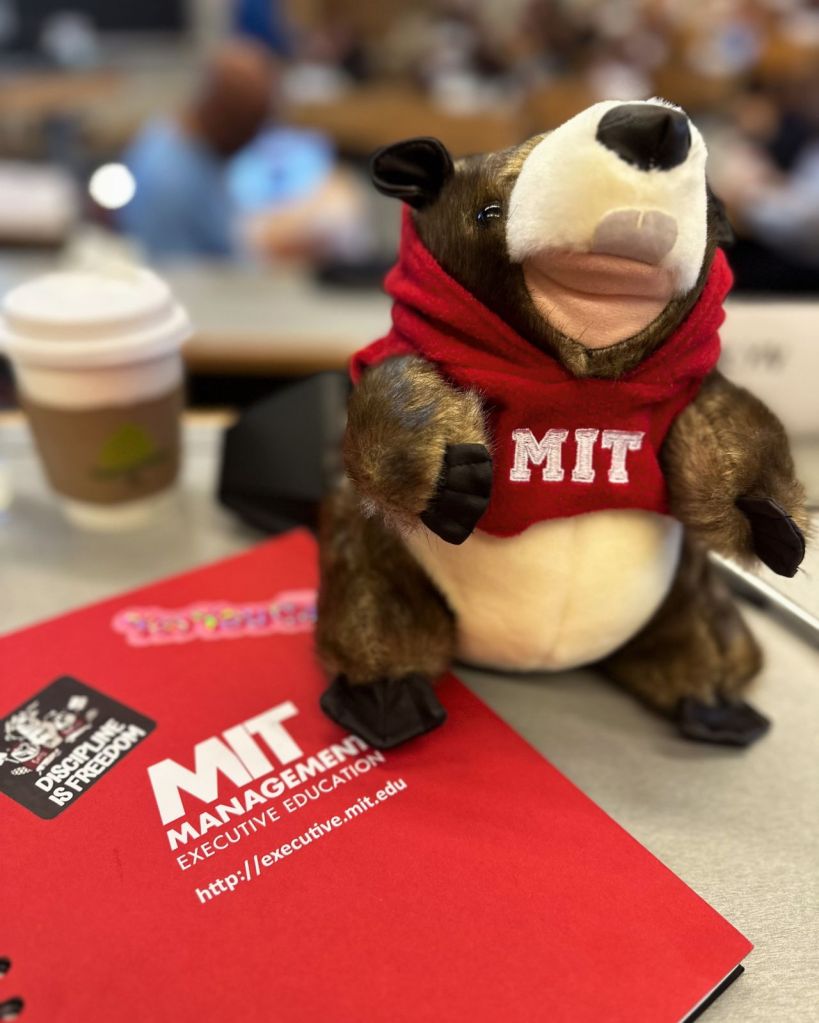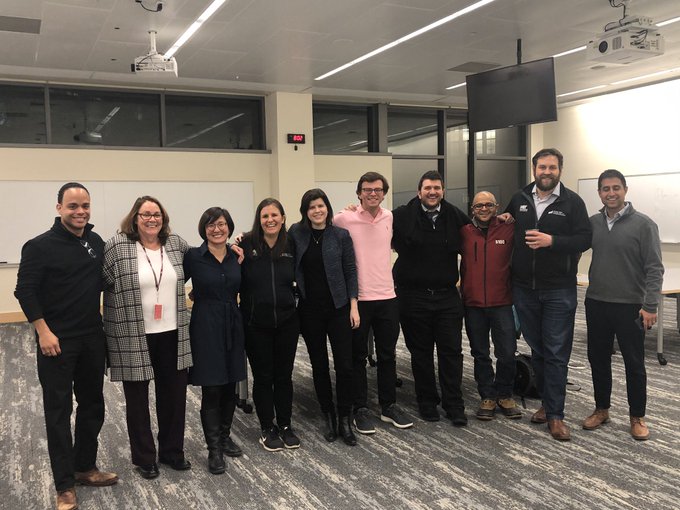As we move deeper into the 21st century, Generation Z is emerging as a force to be reckoned with in the world of entrepreneurship. Born between the late 1990s and early 2010s, Gen Zers are redefining the future of work, balancing traditional jobs with side hustles, and actively building their own businesses.
The Rise of the Creator Economy
One of the key elements of Gen Z entrepreneurship is the rise of the creator economy. Influencers and content creators have become a dominant force, leveraging their online presence to build successful businesses. CBS News reports that 86% of young Americans aspire to become social media influencers, to as it offers earning potential far beyond traditional paths.
Kylie Jenner, for example, became the youngest self-made billionaire thanks to her successful beauty brand, Kylie Cosmetics. Gen Z entrepreneurs understand the importance of authenticity and have cultivated strong relationships with their audiences, providing them with a unique advantage when building businesses.
Gen Z’s affinity for the digital world is a driving force behind their success. They are digital natives who have grown up with social media, which allows them to easily navigate the online landscape. This has helped them build personal brands and monetize their influence through partnerships, sponsored content, and merchandise sales – The Social Standard and Go Daddy both share profiles of Gen Z entrepreneurs who have made it big as influencers and creators.
However, in my view, being an influencer alone is not enough to create real innovation. I believe the focus on personal branding and the rapid pace of content creation is limiting the depth of exploration into entrepreneurial ventures that address pressing global challenges.
What Sets Gen Z Apart?
Gen Z views entrepreneurship differently than past generations. For one thing, the entrepreneurial landscape has changed, with lower barriers to entry for starting a business, and different views on what is important. Business Insider discusses some of these differences, including:
- Ease of Starting a Business: Thanks to accessible technology and platforms like Shopify, starting a business has never been easier. What once took months and significant capital to launch can now be accomplished in a matter of days.
- Data-Driven Decision-Making: Gen Z entrepreneurs utilize data analysis tools to make informed decisions about their businesses. This helps them streamline operations and focus on the big picture.
- Personal Branding: The concept of personal branding is a strategic necessity for many of this generation’s startups. Gen Zers understand the importance of building a strong personal brand to attract opportunities and partnerships.
- Acceptance of Differences: Gen Z values inclusivity and diversity, which informs their approach to business and innovation.
- Kinder, More Socially Responsible Entrepreneurs: Gen Z entrepreneurs are concerned about social issues, the environment, and helping their communities.
The Side Hustle becomes a Necessity
While Gen Z entrepreneurs have numerous advantages, they also face challenges. Many young people juggle multiple side hustles due to financial pressures and the desire for control over their time. This can lead to burnout and the need for balance.
In today’s economy, many Gen Zers feel that a side hustle is necessary for their generation to afford the lifestyle that their parents have attained. Data from the Bureau of Labor Statistics shows that the number of people working multiple full-time jobs has trended up in recent years and hit an all-time high in August 2022, with Gen Z leading the way. A survey by Paychex found that about half of Gen Z are employed at two or more places, as compared with other generations.
Deloitte’s 2022 Gen Z and Millennial Survey found that a third of Gen Z respondents worry about the cost of living above all other concerns, 45% live paycheck-to-paycheck, and more than a quarter said they doubt they’ll retire comfortably. And a Freddie Mac survey found that about 34% of responding Gen Zers said they didn’t think they’d ever be able to afford to buy a house.
Often the side hustle becomes a main hustle, creating necessity-based entrepreneurs versus innovation-based entrepreneurs. In fact, McKinsey postulates that in this economy—in which Gen Z faces higher-than-average inflation, student debt, credit card debt, and high housing costs—Gen Zers are actually looking for nothing more than relatively stable paychecks (rather than chasing the side hustle).
Can Gen Z Change the World?
The big question remains: Can Gen Z entrepreneurs change the world? If the current trends continue, Gen Z’s pursuit of entrepreneurship could lead to tremendous growth and innovation. They have the potential to create disruptor-type companies that challenge traditional industries and bring fresh perspectives to long-standing problems.
However, business failure rates remain high with 50% of small businesses failing within five years according to the Small Business Administration, and not all ventures will succeed. Nevertheless, Gen Z’s ability to adapt, innovate, and leverage digital tools gives them a fighting chance.
Let’s look at the type of innovative ideas that are coming out of places like MIT, and how these startup success stories can influence the upcoming generation of entrepreneurs.
Innovation-based Startups
In my former role as the Executive Director of MIT’s Martin Trust Center for Entrepreneurship, I was very fortunate to work closely with some of the smartest young entrepreneurs in the world.
I saw firsthand how innovation-based startups can succeed with access to proven frameworks, mentorship, and resources that support building impactful ventures. By guiding students from ideation to execution, the center helps transform groundbreaking ideas into successful startups that can address significant global challenges.
Here are a few of the innovation-based startups that I personally worked with as they made their way through delta v – MIT’s capstone program for entrepreneurship.
- Biobot Analytics analyzes sewage with molecular technologies and AI to provide early warning of population health threats across the globe.
- Podimetrics develops medical technologies such as the SmartMat, which helps monitor foot health in diabetic patients to prevent complications like foot ulcers.
- Ori has invented an entirely new type of apartment—one that radically improves the resident experience in smaller spaces by using sophisticated engineering and design.
- Infinite Cooling’s mission is to develop the cooling tower of the future. They help industrial plants have safer, more reliable, and more sustainable cooling towers by optimizing thermal performance and eliminating cooling tower plumes.
- Bloomer Tech focuses on developing smart wearable technology specifically designed for women’s health, such as bras with embedded sensors to monitor heart health.
Innovation-based startups focus on solving significant global challenges through advanced technology and research. These startups prioritize creating groundbreaking solutions to complex problems in health, environment, and other critical fields.
In contrast, entrepreneurial ventures centered around influencers and content creators often revolve around personal branding and monetizing online presence through partnerships and merchandise sales. While both types of entrepreneurship involve creativity and a desire to succeed, innovation-based startups typically involve deep research and development, long-term planning, venture capital fundraising, and a focus on sustainable impact, whereas influencer ventures are often more focused on immediate audience engagement and revenue generation.
As we look to the future, one thing is clear: Generation Z is not content with the status quo. They are ready to take on the world. And, although not every entrepreneur can attend programs like those offered at MIT, I urge today’s generation of entrepreneurs to aim high. Use the resources you have – whether it is taking classes, reading books and articles, finding a mentor, or working with an entrepreneurship coach – and use this information to explore the difference you can make in the world.
























